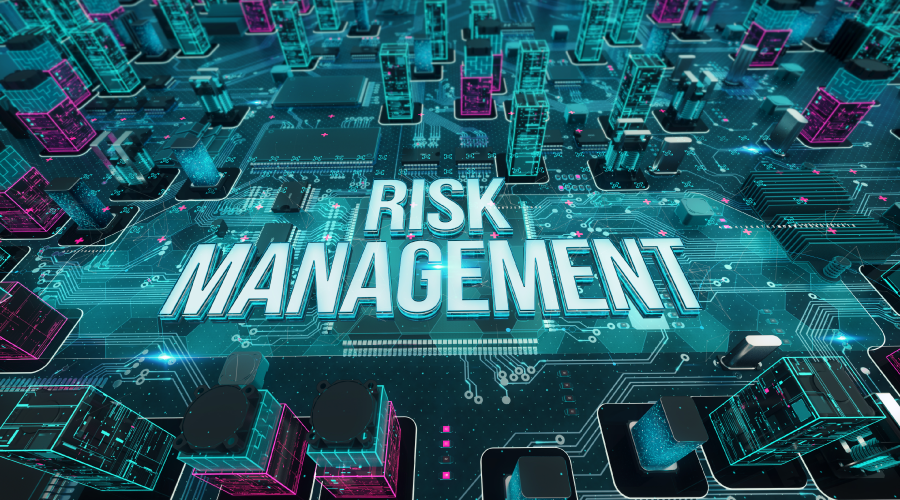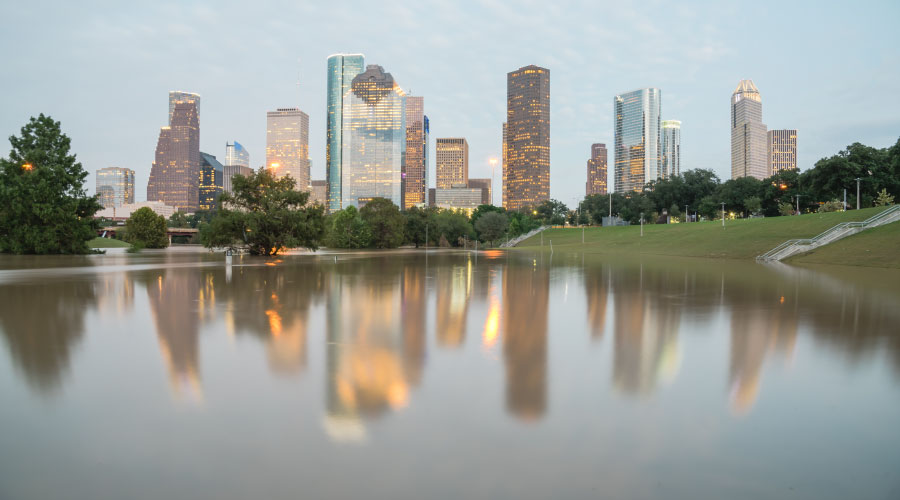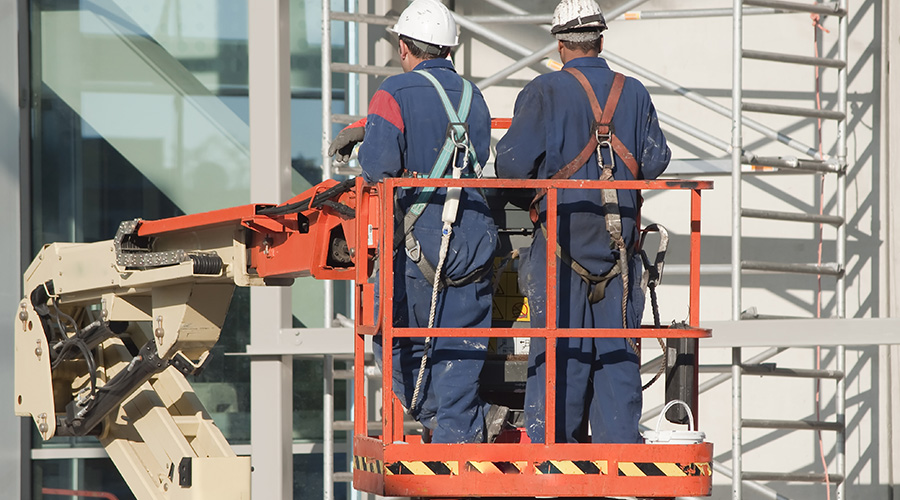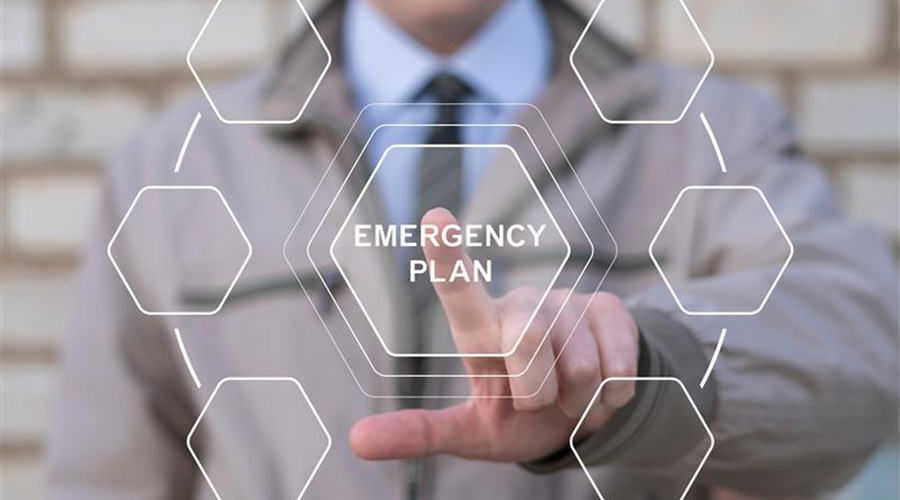Information Gathering Is Major Benefit Of Emergency Preparedness Drills
When conducting a drill, having learning objectives and goals in mind will always enhance the effectiveness of a drill. But perhaps just as important is learning something surprising. Information gathering is a major benefit of emergency preparedness drills. (See "Lessons Learned From Emergency Drills" below.) "No matter how good you are, no matter how well everyone knows their roles, on the day of the event, something is going to change," says Guevara. "Go with it. That's the benefit of the drill."
One way to help ensure that lessons learned during a drill can be incorporated back into the plan is to not treat the drill, and each facet of the drill, as to-do items. Instead, treat the drill as something of extraordinary importance. "Number one for every drill is that it shouldn't be about checking boxes," says Ellis. "It has to be something that's aimed at helping and learning when the bad day comes. It should be real."
Then, filing those lessons back into the plan ensures that the drill is worth the time and cost required to plan and execute it. "Emergency plans don't work in real life like they work in theory," says Talbot. "There are things you won't identify. You can try to 'notion-alize' everything, but you'll always rewrite plans after a drill." For example, you may theorize that a certain task will only take a minute, but in the drill, you learn it actually takes much longer.
After the drill, hold a meeting to figure out what went wrong, right, and unplanned for. Figure out how it could be done better. "The output of the exercise should be refinement of the plan if it turns out certain aspects of the plan didn't operate as intended," says Rosenbluth. "This should always be about building knowledge and correcting deficiencies so everyone responds effectively in an emergency."
Building an effective emergency preparedness plan is a process that's never finished. But it's one of the more important parts of a facility manager's job. It saves lives.
Fire Department Checklist
Having a list of items you know first responders will need to understand can decrease their response time in an emergency. Here are some suggestions for which you should have answers readily available, according to Jeff Ellis, security manager, Pyramid Center.
1. Where is the alarm — location in the building, floors, etc.?
2. What type of alarm is it?
3. Have the elevators been recalled?
4. How many stairwells are there and where?
5. Is there a standpipe in each stairwell?
6. Has there been an emergency announcement to occupants? What kind?
7. Have occupants been relocated? Where? What is the status of the relocation?
8. Is there a list of occupants with disabilities?
9. Where are the inlet connections for the auxiliary sprinklers?
10. Where are the inlet and outlet connections to the standpipes?
11. Where is the fire pump?
12. Which floors are connected by interior stairs?
13. Which stairwells go to the roof and which don't?
14. Where are the stairwell keys? Where are the elevator keys?
15. What is the location of utility shutoffs?
16. How is the HVAC system programmed to work during a fire?
— Greg Zimmerman
|
Related Topics:














